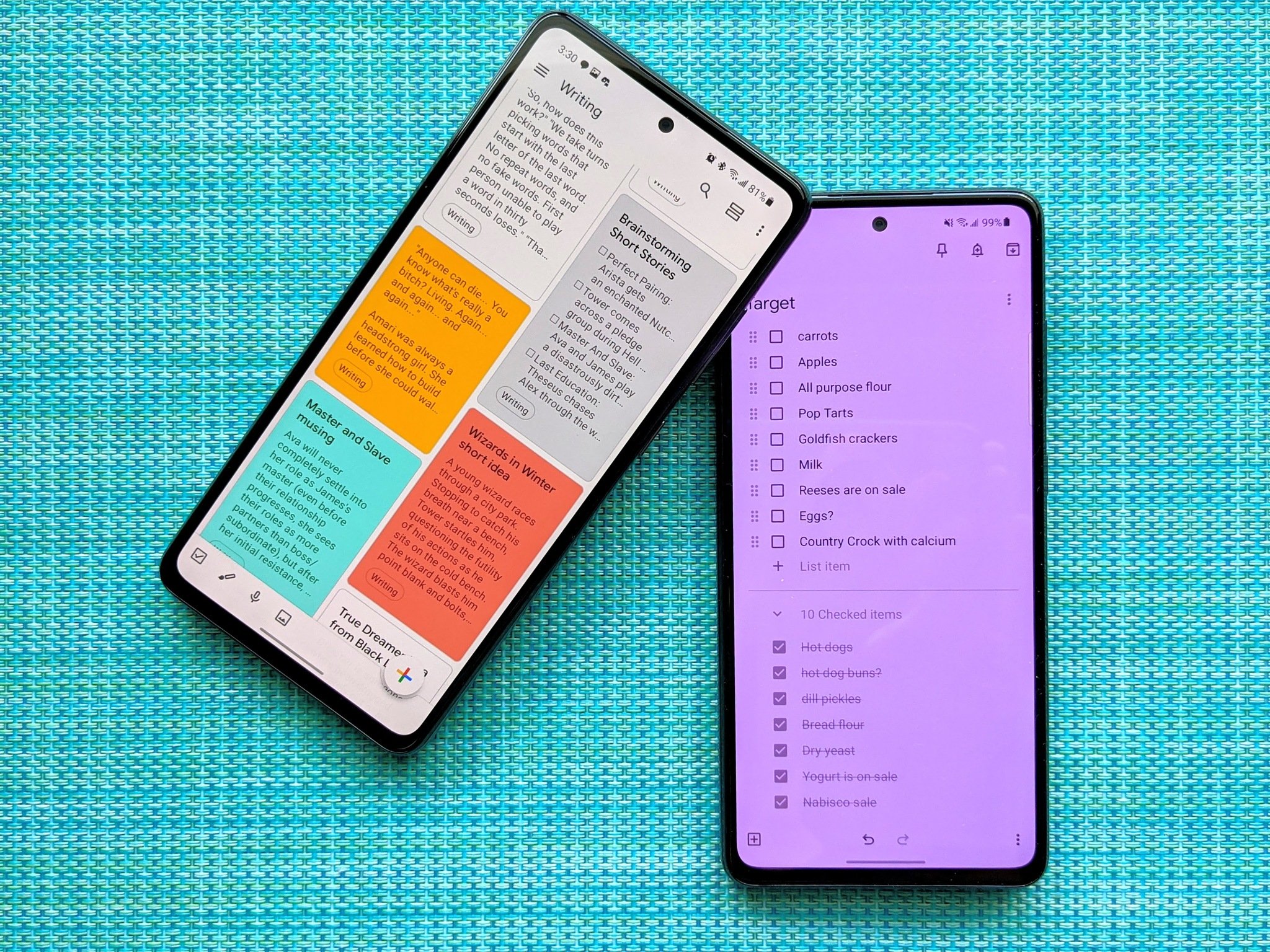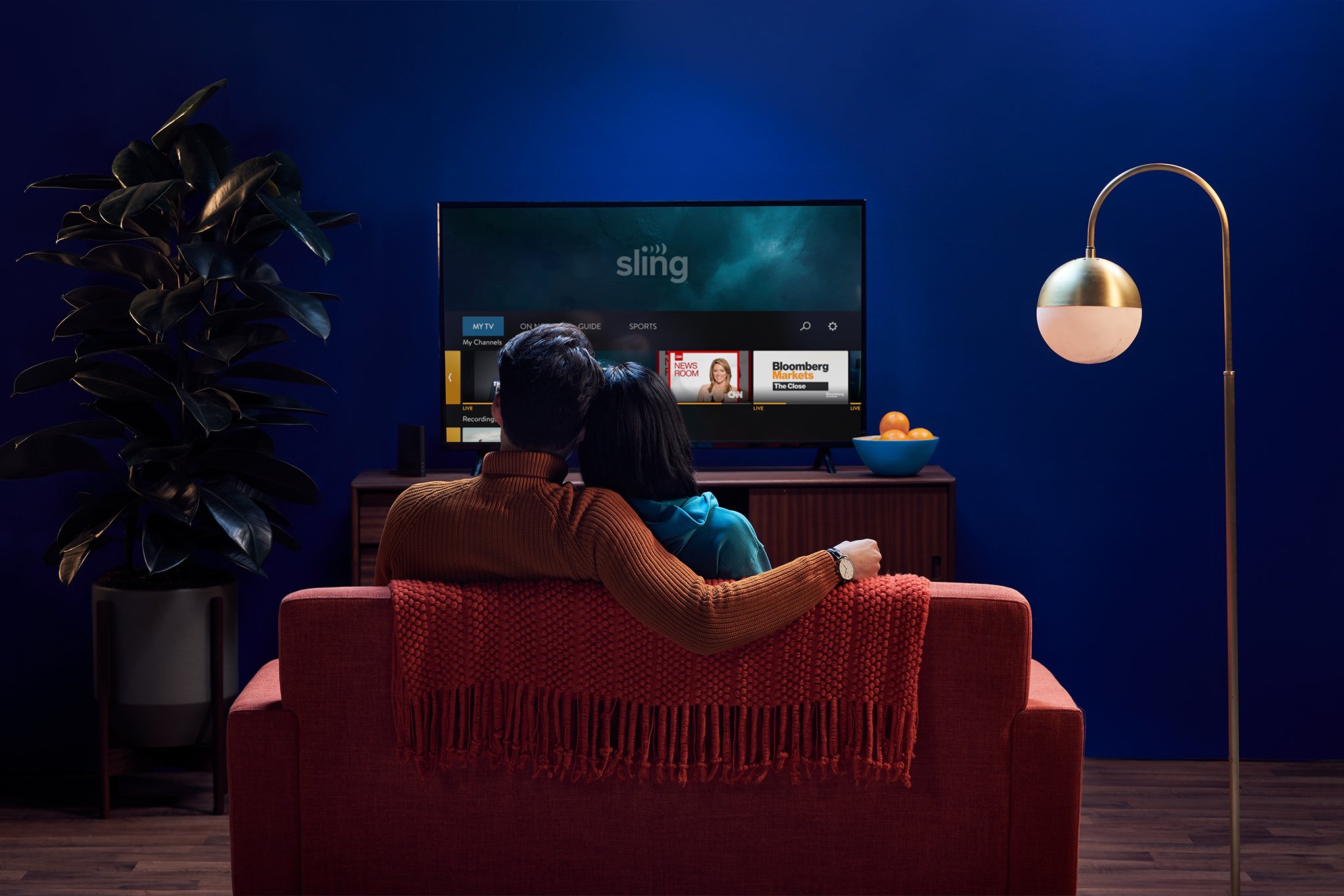Xiaomi Mi 11 Ultra review - This one goes to 11 - Android
With upgraded cameras and the latest hardware, the Mi 11 Ultra beats out its flagship rivals.
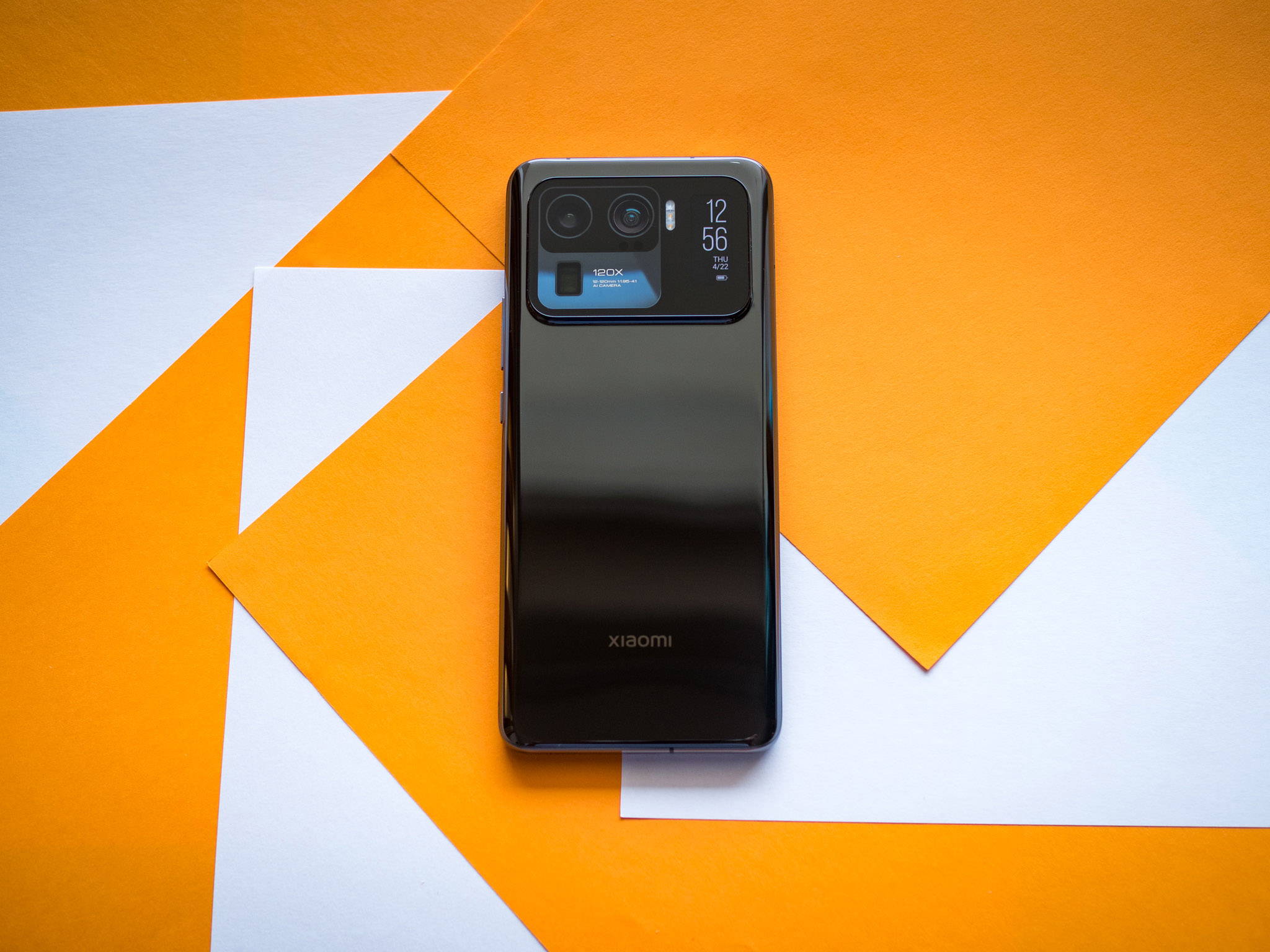
My favorite scene in This is Spinal Tap is when the guitarist gives a studio tour to the documentary filmmaker. When they get to the amp, he proudly shows off how all the knobs go to 11, saying that it's "one louder" than normal amps and that it gives him that "extra push to go over the cliff."
In a sense, the Xiaomi Mi 11 Ultra feels the same way. Xiaomi already has a brilliant flagship in the form of the Mi 11, but with the Mi 11 Ultra, it is offering a phone that turns things up a notch. The device has a 50MP primary lens with a humongous 1/1.12-inch sensor, and the auxiliary cameras have been upgraded with two 48MP modules.
The standard Mi 11 has 55W wired and 50W wireless charging, but Xiaomi felt that it wasn't enough for the Mi 11 Ultra, so the phone gets 67W wired and wireless charging. Oh, and there's a secondary 1.1-inch screen at the back that lets you easily take selfies with the rear cameras.
Simply put, the Mi 11 Ultra is one of the best Android phones in 2021, and it has what it takes to go up against the Galaxy S21 Ultra and OnePlus 9 Pro. With the phone now available outside China, let's take a look at what exactly you're getting with Xiaomi's latest flagship.
Xiaomi Mi 11 Ultra review:
- Price and availability
- Design and display
- Hardware and battery
- Cameras
- Software
- The competition
- Should you buy?
Xiaomi Mi 11 Ultra

Bottom line: The Mi 11 Ultra delivers groundbreaking cameras paired with the latest hardware available today. The velvety smooth 120Hz AMOLED panel is a delight to use, there's more than enough power here to play the most demanding games, and you get 67W wired and wireless charging along with IP68 water resistance. If you're in the market for a flagship with standout cameras, look no further.
The Good
- Incredible cameras
- Unique second display
- Outstanding hardware
- 67W wired and wireless charging
- IP68 dust and water resistance
The Bad
- Plenty of bugs at launch
- Large and unwieldy
- Just two guaranteed Android updates
₹69,999 at Xiaomi India €1,199 at Xiaomi
About this review
I'm writing this review after using the Mi 11 Ultra for over two weeks on Airtel's 4G network in Hyderabad, India. The phone was running a stable build of MIUI 12.0.2 (RKAINXM) based on Android 11 out of the box, and did not receive any updates during the testing window.
Xiaomi Mi 11 Ultra: Price and availability

The Xiaomi Mi 11 Ultra was unveiled on March 29 in China for 5,999 Yuan ($950) for the 8GB/256GB version, and the phone made its global debut in India on April 23. The phone is available in a single 12GB/256GB model in India, and retails at ₹69,999 ($945).
Xiaomi is set to launch the device in European markets on May 11, with availability kicking off in the Netherlands for €1,199 ($1,445). Like the Indian model, the Mi 11 Ultra sold in western markets will feature 12GB of RAM and 256GB of storage. The phone is available in two color options: Ceramic White and Ceramic Black.
Xiaomi Mi 11 Ultra: Design and display
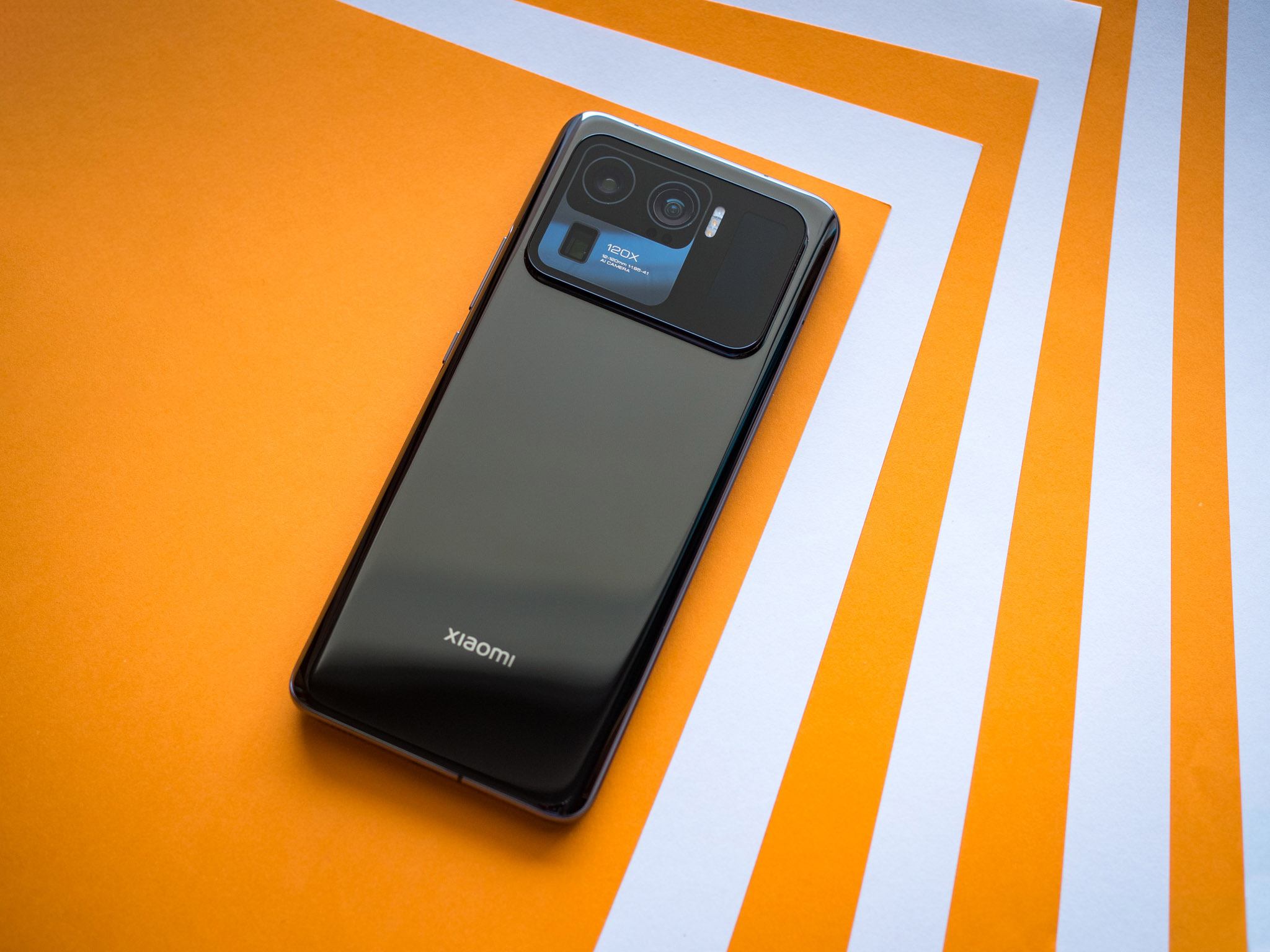
I somehow ended up using over 30 phones already in 2021 (it has been an endless launch season), and the one constant that stood out for me is that all manufacturers are paying more attention to the design. Whether that's in the budget segment with the likes of the Redmi Note 10 Pro, mid-range with the Galaxy A52 or the flagship category with the OnePlus 9 Pro and the Galaxy S21 Ultra, most 2021 phones are very different to their predecessors.
Xiaomi also overhauled the design of its flagships with the Mi 11, switching to a cleaner look with a new camera housing that made the phone look much more premium than last year's Mi 10 series. With the Mi 11 Ultra, however, Xiaomi went with the largest camera module that I've seen on a phone yet, and that rear camera dominates the design.
The Mi 11 Ultra is one of the largest and heaviest phones you'll find today.
The camera island takes up most of the top third of the phone at the back, with the primary lens and wide-angle modules housed next to each other and the zoom lens located below. But what makes the Mi 11 Ultra stand out is the secondary 1.1-inch display that's located next to the camera housing. This tiny AMOLED panel lets you take selfies using the main 50MP camera, and it looks very cool.
Thanks to the large 50MP camera and the secondary screen at the back, the Mi 11 Ultra is one of the largest and heaviest phones available today. The phone comes in at 234g, a full 38g more than the standard Mi 11. I liked the heft and weight distribution of the Mi 11, but I can't say the same for the Mi 11 Ultra — the phone just feels too heavy and unwieldy.
The problem lies with that oversized camera array at the back, which makes the phone top heavy. As such, I never felt as comfortable using the Mi 11 Ultra as I did with the Mi 11. There's also the fact that the camera module is HUGE — pictures don't do it justice; you have to see the phone to see just how massive the camera housing is on this thing.
That said, because the island extends all the way across the back, it doesn't make the phone wobble when it's on a desk. But if you are interested in buying the Mi 11 Ultra, you should definitely invest in a case.
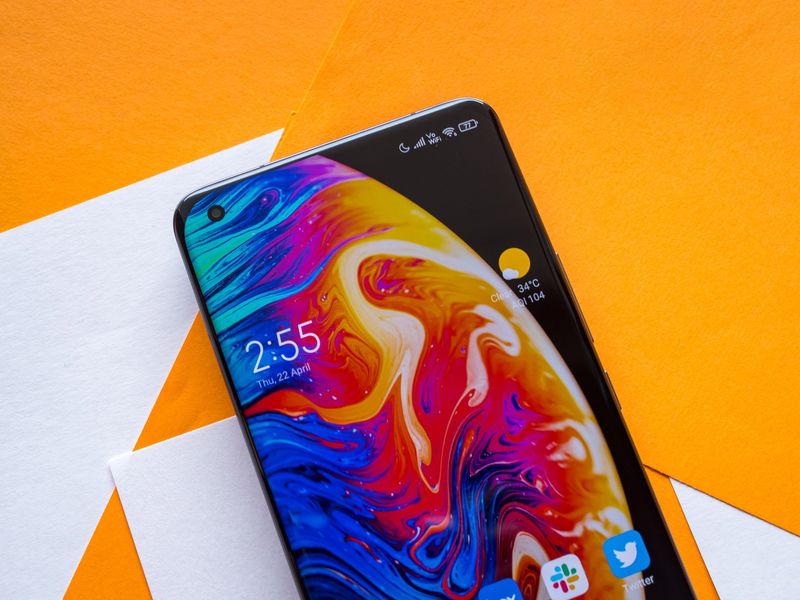
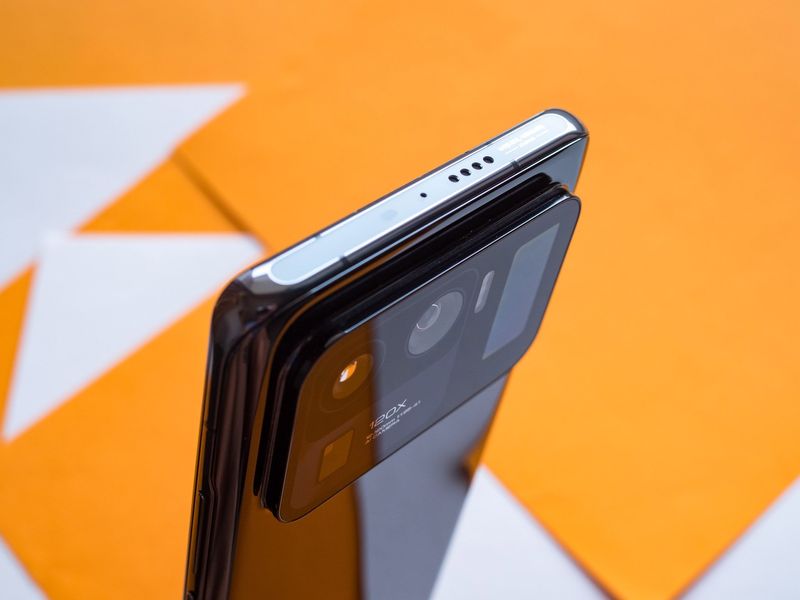
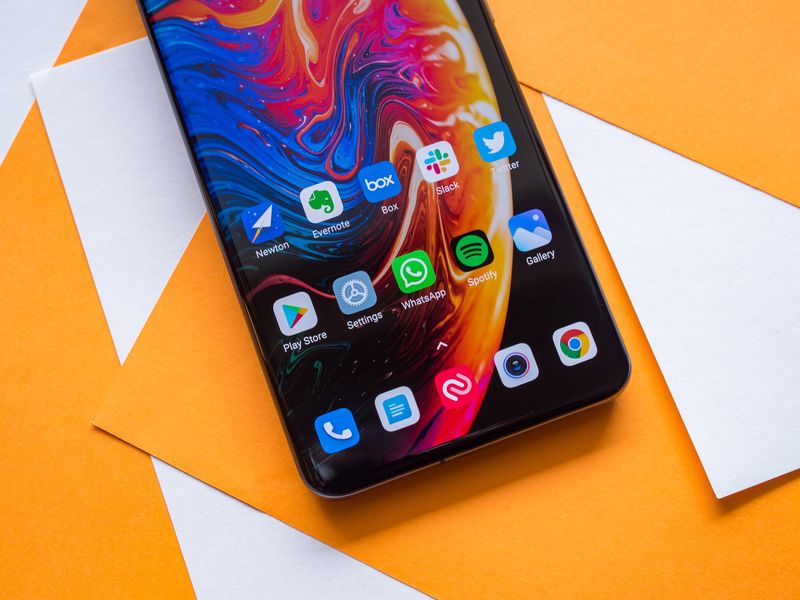
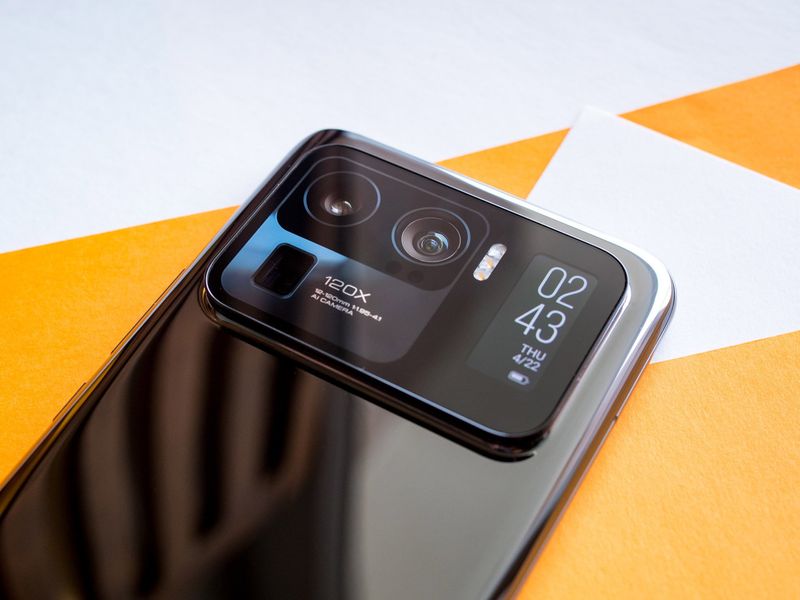
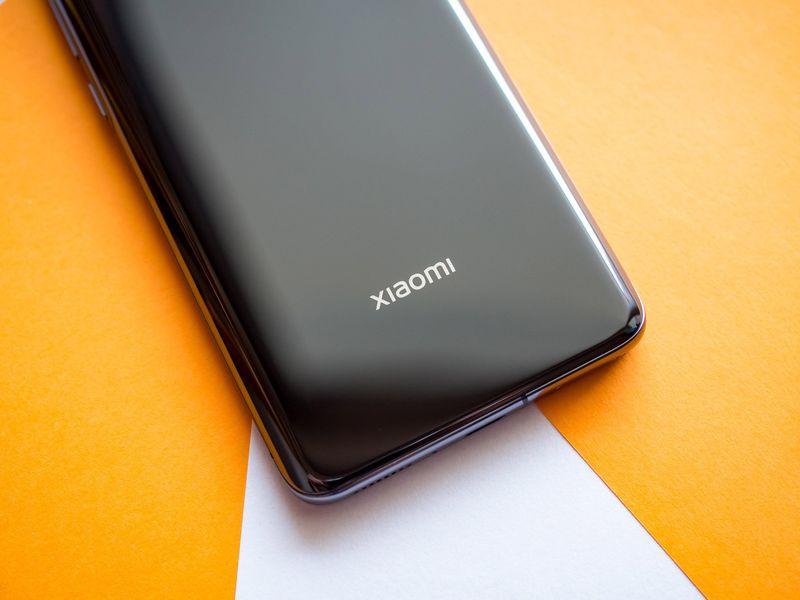
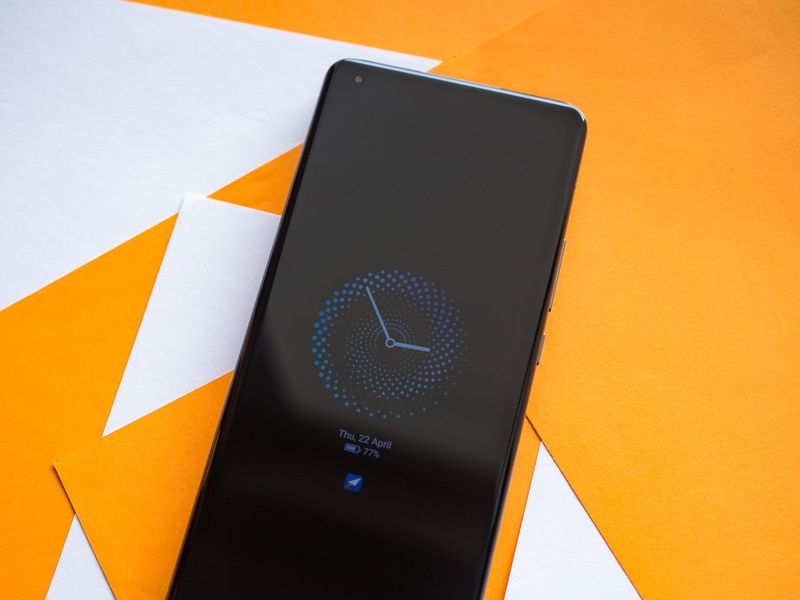
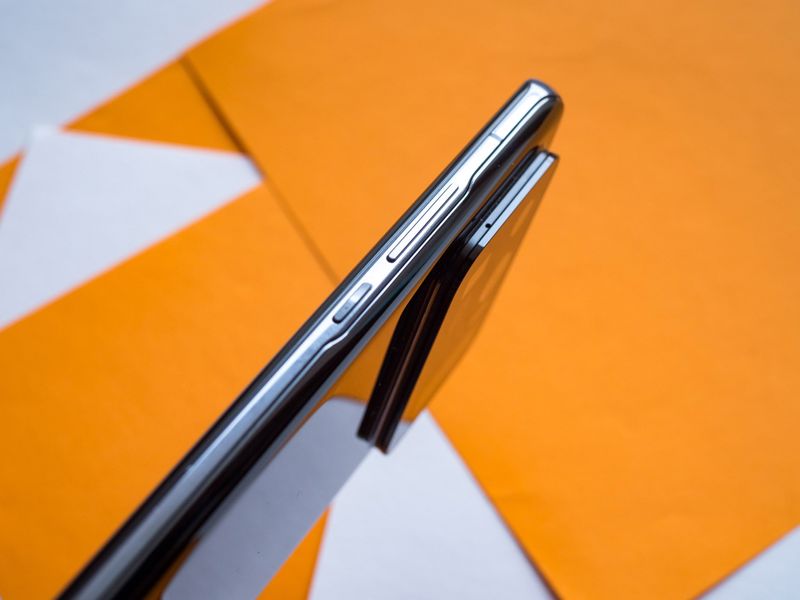
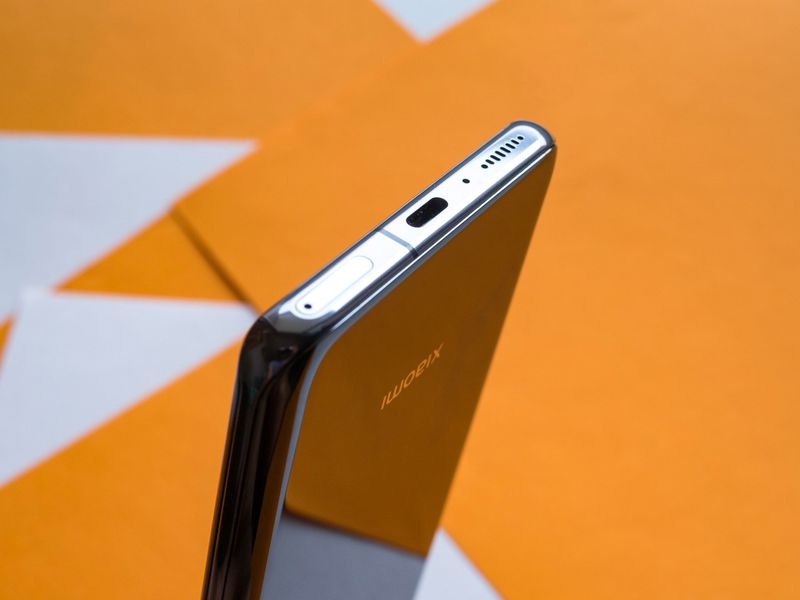

The standard Mi 11 has a glass back, and the Mi 11 Ultra switches it out for a ceramic option that feels great to hold in-hand. The phone is available in Ceramic White or Ceramic Black options, and while you miss out on the gradient patterns of the Mi 11, the Mi 11 Ultra stands out in its own way because of that camera housing. Having used both the black and white versions of the device, I'm partial to the latter — the white model has a two-tone design thanks to the black paint job for the camera housing, and it doesn't show up fingerprint smudges easily.
You'll find the power and volume buttons on the right, the SIM card slot at the bottom (it houses two SIM cards), and the primary speaker to the right of the USB-C charging port. You'll find the secondary speaker up top, and Xiaomi hasn't forgotten the IR blaster. Like the standard Mi 11, the Mi 11 Ultra has an aluminum frame that juts out at the corners for protection against tumbles. The design ensures that the mid-frame absorbs the impact should the phone fall on one side.
The Mi 11 Ultra has an imposing design, and the phone is big in every sense of the word. The gigantic camera module and the added heft means it isn't as comfortable to use as the Mi 11. That said, with dimensions of 164.3 x 74.6 x 8.4 mm, it is shorter, narrower, and thinner than the Galaxy S21 Ultra (165.1 x 75.6 x 8.9mm) while being just 7g heavier.
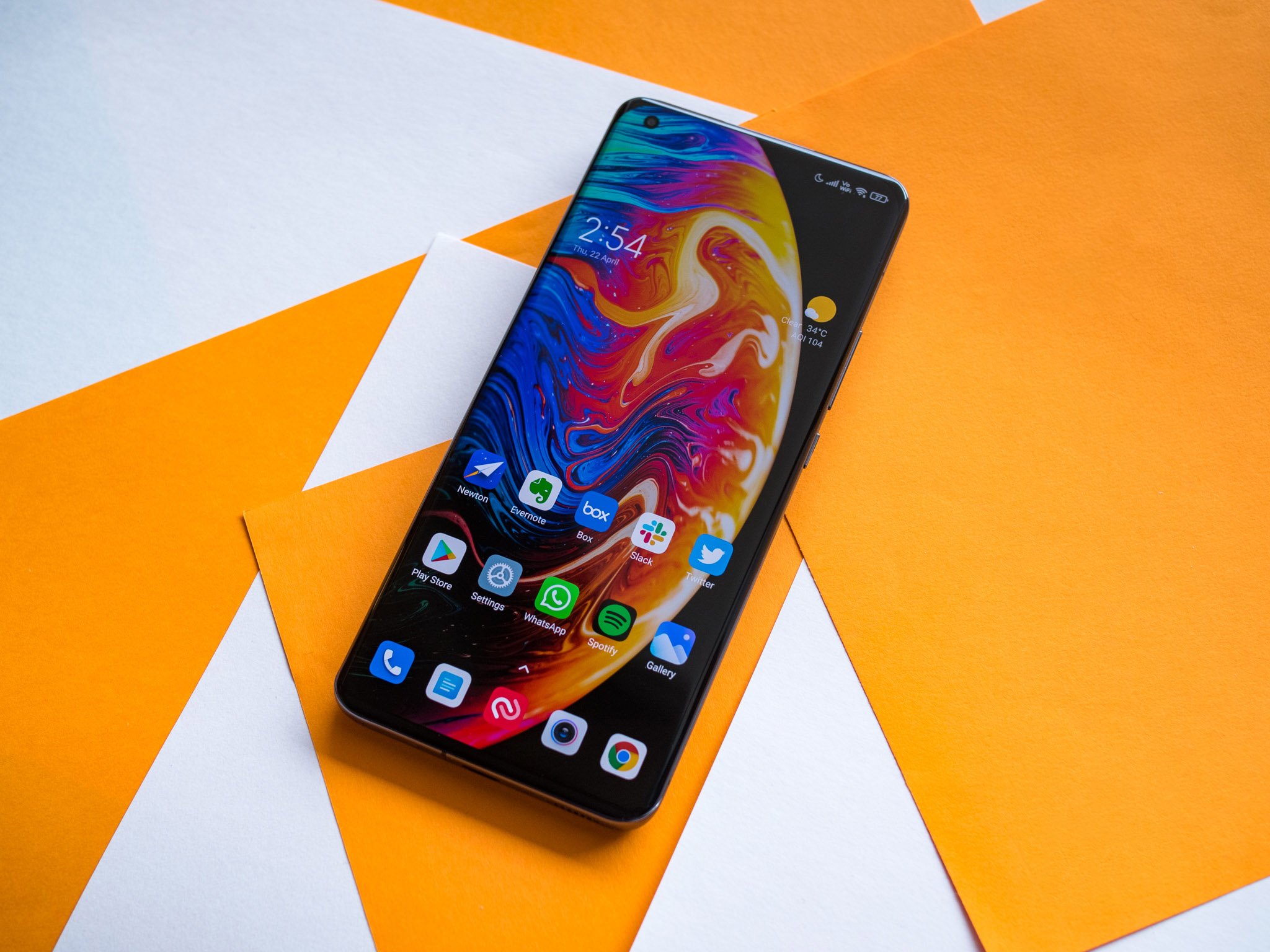
The Mi 11 Ultra has a 6.81-inch AMOLED screen with a resolution of 3200 x 1440. The Mi 11 was the first Xiaomi phone with a QHD panel, and the Mi 11 Ultra features the same tech — and it has dual curved sides as well with symmetric curves at the back. It also gets a panel with 120Hz refresh rate, and the screen is covered by a layer of Gorilla Glass Victus.
Xiaomi says that the screen on the Mi 11 Ultra is the brightest panel yet on a phone, able to go up to 1700 nits for HDR10+ content. The screen holds up under harsh sunlight, and auto brightness works exceedingly well outdoors and at night. It is on par with the best that Samsung and OnePlus have to offer, with outstanding colors and excellent contrast levels.
This is one of the best displays available today, but it has a few bugs at launch.
An interesting addition this year is TrueColor, essentially Xiaomi's take on True Tone tech that's on iPhones and iPads. The Mi 11 Ultra automatically adjusts the color temperature based on ambient lighting conditions, and it does make a difference in daily use.
The phone also has Dolby Vision, and you can stream HDR content from the likes of Netflix, Prime Video, and other streaming services out of the box. What makes the Mi 11 Ultra particularly great for multimedia or gaming is the stereo sound; there are two speakers on either end of the phone, and they can get very loud but still retain clarity.
You can change the refresh rate between 60 or 120Hz, with the former selected out of the box. After switching to 120Hz, the phone automatically switches between 30, 60, 90, and 120Hz based on the content being viewed on the screen. For most day-to-day interactions like navigating the UI or browsing through social media apps, the phone will default to 120Hz. That's a good thing, because you'll immediately see a difference with the velvety smooth interactions. For games or streaming video, the phone will fall back to 60Hz. The Mi 11 Ultra has 480Hz touch sampling rate as well, and it has 10-bit colors (the panel itself is 8-bit).
While the panel is one of the best you'll find on any phone today, there are a few software bugs at launch. For one thing, Xiaomi still hasn't figured out how to scale MIUI 12 on a QHD+ panel, and the notification pane is affected by this. The text in incoming notifications is tiny, and even though there are six settings for text size — from XXS to XXL — changing the text size doesn't make any difference to notifications that show up on the pane.
I ultimately had to switch back to FHD+ because of the scaling issues. Another issue is with the 120Hz refresh; there are times when it goes down to 30Hz or 60Hz in the likes of Instagram, and at that point you can clearly notice lag. Xiaomi offers AOD as standard on phones that have AMOLED panels, and I had issues with this feature as well; for some bizarre reason, it switches off after a few hours, and I had to manually wake the screen to enable AOD again.
A standout addition on the Mi 11 Ultra is the 1.1-inch secondary screen at the back. You can view the time, see incoming call alerts or notifications (if you leave the phone facedown on a surface), but the best use case for the screen is as a tiny viewfinder for the rear cameras. It works exceedingly well for this particular purpose, and it is a nifty addition.
Xiaomi Mi 11 Ultra: Hardware and battery
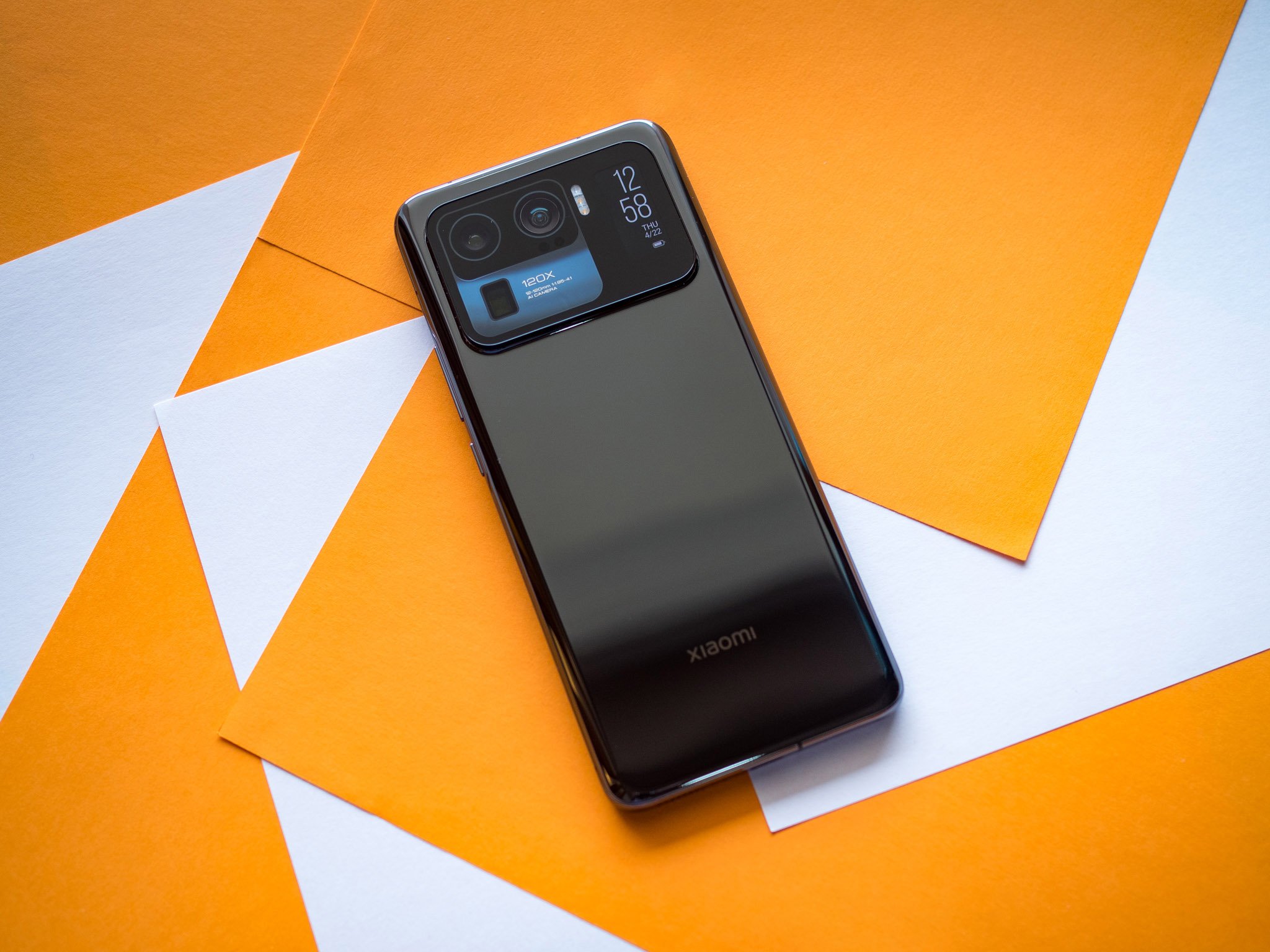
Xiaomi has always delivered stellar hardware on its flagships, and that is no different on the Mi 11 Ultra. The phone is powered by Qualcomm's beastly Snapdragon 888 chipset, and comes with 12GB of LPDDR5 RAM and 256GB of UFS 3.1 storage. There's no microSD slot here, but that's not a big deal considering the model sold outside of China has 256GB of storage by default.
| Specs | Xiaomi Mi 11 Ultra |
|---|---|
| Software | MIUI 12.5 based on Android 11 |
| Display | 6.81-inch (3200x1440) 120Hz AMOLED |
| Chipset | 2.84GHz Snapdragon 888 |
| RAM | 8GB/12GB |
| Storage | 256GB |
| Rear Camera 1 | 50MP ƒ/2.0 (primary) |
| Rear Camera 2 | 48MP ƒ/4.1 (zoom) |
| Rear Camera 3 | 48MP ƒ/2.2 (wide-angle) |
| Front Camera | 20MP ƒ/2.2 |
| Connectivity | Wi-Fi 6E, BT5.2, NFC, AptX |
| Battery | 5000mAh | 67W wired / 67W wireless |
| Security | In-screen fingerprint |
| Colors | Ceramic White, Ceramic Black |
| Dimensions | 164.3 x 74.6 x 8.1mm |
| Weight | 234g |
The Snapdragon 888 handles everything you throw at it with ease, and it was a delight to play games and stream videos on the Mi 11 Ultra — the stereo speakers enliven the experience just that little bit more. I did notice intermittent overheating issues during gaming sessions, but it isn't too bothersome.
In terms of connectivity, the Mi 11 Ultra has Wi-Fi 6E, Bluetooth 5.2, AptX HD, and NFC. Xiaomi hasn't left anything out here, and the phone also has an excellent haptic engine. It delivers fine-tuned feedback when typing and generally interacting with the screen, and the motor is on par with the best Android phones available today.
The Mi 11 Ultra has an in-screen fingerprint sensor, and it works reliably in daily use. It is ideally positioned as well, so you can easily unlock the phone with your thumb when using it one-handed. There's also a face unlock feature that is as fast as what OnePlus offers, but it isn't as secure as the in-screen reader.
Xiaomi is finally offering ingress protection on its phones, and the Mi 11 Ultra gets an IP68 rating — just like other Android flagships. That allows the phone to be submerged in up to a meter of water for 30 minutes, and it is exciting to use a Xiaomi phone that's water resistance. However, the first unit I received wasn't fully sealed, and there was condensation around the rear camera lenses after submerging the phone under water for just 30 seconds.
With 67W wired and wireless charging, you don't have to plug in the Mi 11 Ultra overnight.
There's a massive 5000mAh battery under the hood, and Xiaomi has turbocharged its charging tech. The Mi 11 Ultra has 67W wired and wireless charging, making it the fastest-charging device in the market today. With the 67W wired charging, Xiaomi says it takes just 36 minutes to fully charge the 5000mAh battery, and 39 minutes to do so wirelessly. The OnePlus 9 Pro fully charges in just 29 minutes, but the device has a smaller 4500mAh unit.
In India, the Mi 11 Ultra has 55W wireless charging; Xiaomi says it ran into issues in getting its 67W wireless charger into the country, so the Indian model misses out on this particular feature. Xiaomi says it is working on getting the wireless charger to the country, so that may change in the coming months.
As for battery life, I consistently got a day's worth of use out of the Mi 11 Ultra without any issues. That was with the screen set to QHD+ and refresh rate set to 120Hz. I average anywhere between five and six hours of screen-on-time over the course of 16 to 18 hours, and I didn't face any problems in this particular area.
Xiaomi Mi 11 Ultra: Cameras
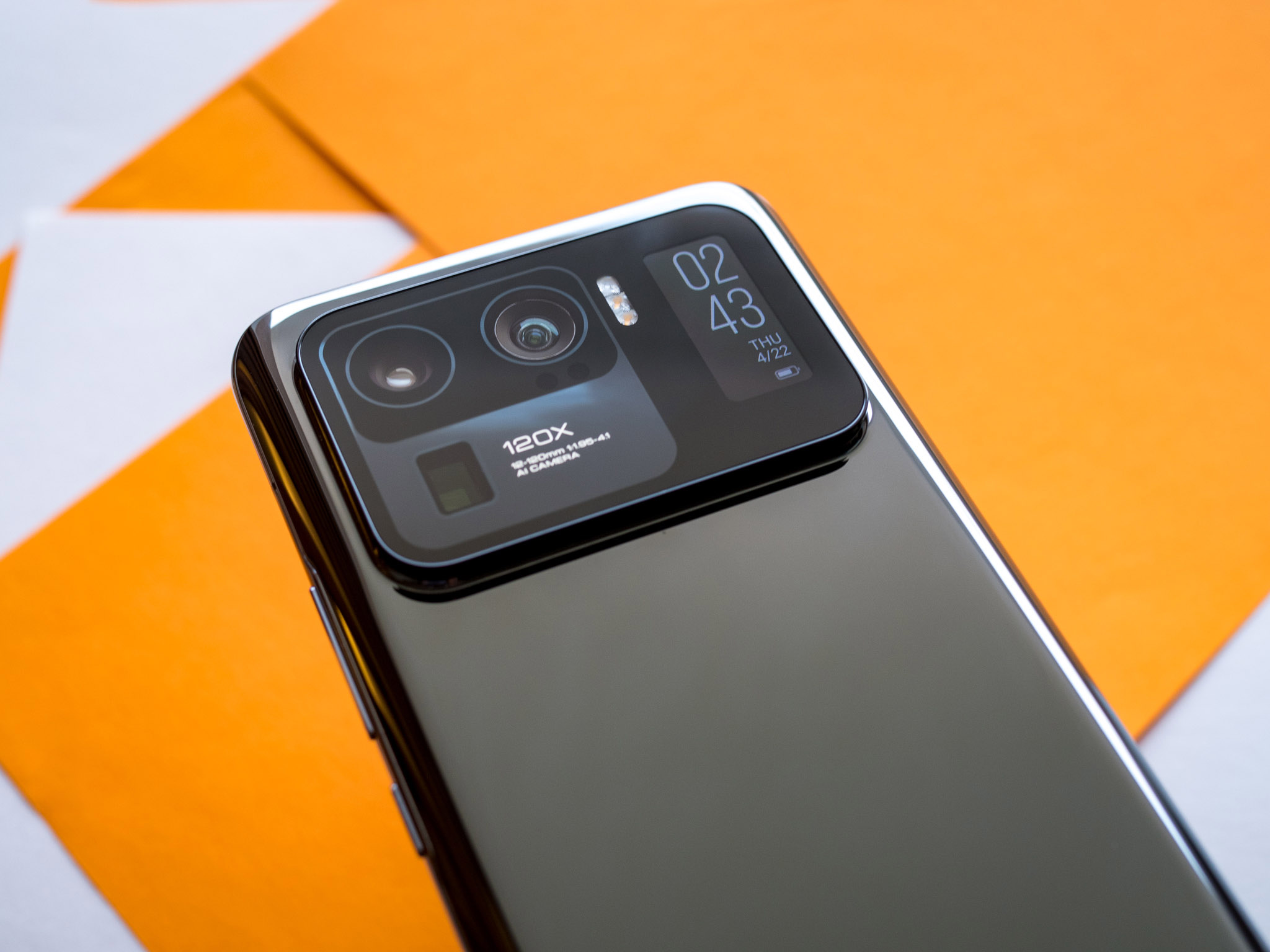
The Xiaomi Mi 11 Ultra features a 50MP Samsung GN2 lens, and it has the distinction of being the largest sensor ever put on a phone. It is a 1/1.12-inch module, and it edges out the 1/1.2-inch sensor that Nokia put in the Lumia 808 PureView nearly a decade ago. The sensor also has 1.4um pixels, OIS, and like most high-res cameras today, it uses four-to-one pixel binning to produce 12.5MP photos by default.
Make no mistake; this is the best camera you'll find on Android today.
Xiaomi is going with two 48MP modules for the wide-angle and telephoto cameras, with both featuring the Sony IMX586 sensor. The result is that the Mi 11 Ultra takes wide-angle shots of the same caliber as the main sensor, and the phone offers 5x optical zoom and up to 120X hybrid zoom. The telephoto lens introduces a periscope to get the desired zoom level.
A unique addition on the phone is the secondary 1.1-inch display that sits next to the camera housing, and this tiny screen is particularly useful when taking selfies with the rear cameras. The downside is that it's only accessible from the Photo shooting mode — you can't use it for portrait shots or videos. You can easily enable the preview by going to the settings within the camera viewfinder and selecting Rear display.
The camera interface itself hasn't changed from the standard Mi 11, and you have all the shooting modes laid out in a grid at the bottom of the viewfinder. You can easily switch between the various lenses, access HDR, AI-enabled scene optimizer, flash, and other toggles from the interface, and Google Lens integration is baked in as well.
Xiaomi offers a Pro mode that gives you fine-tuned control over photos, and there's a dedicated mode for shooting photos of the moon. The Movie Effects feature gives you cinematic effects to play with, and the Night mode works with all three cameras. Interestingly, there's 8K video recording at 24fps for all three lenses as well. The wide-angle lens has a 128-degree field-of-view, and it's great to see that Xiaomi hasn't omitted any features in the auxiliary cameras.
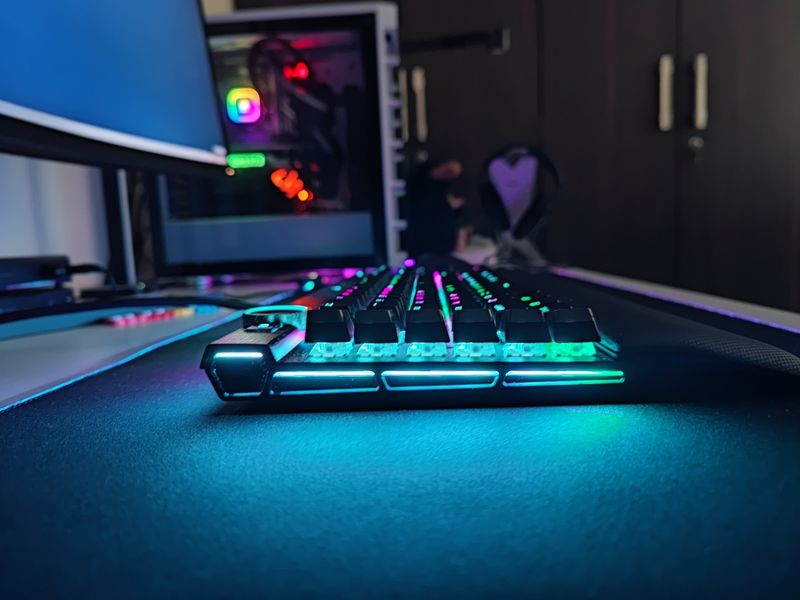
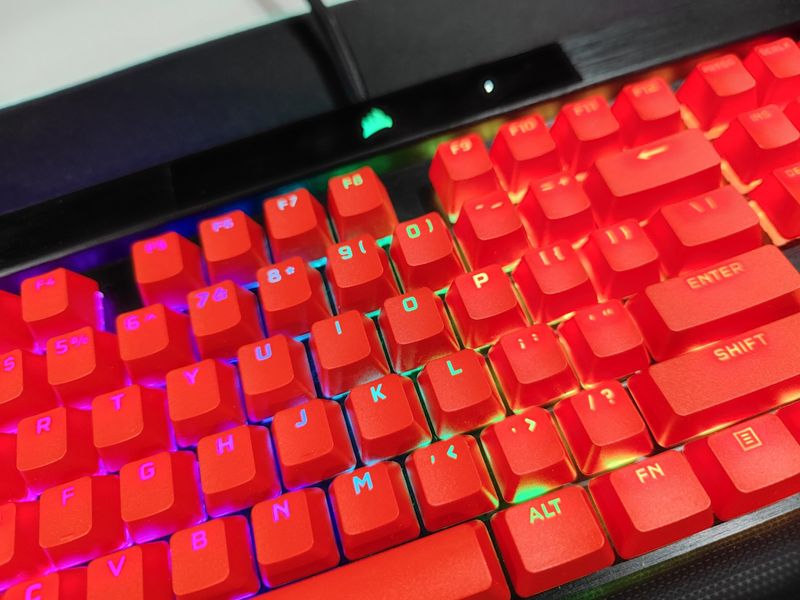
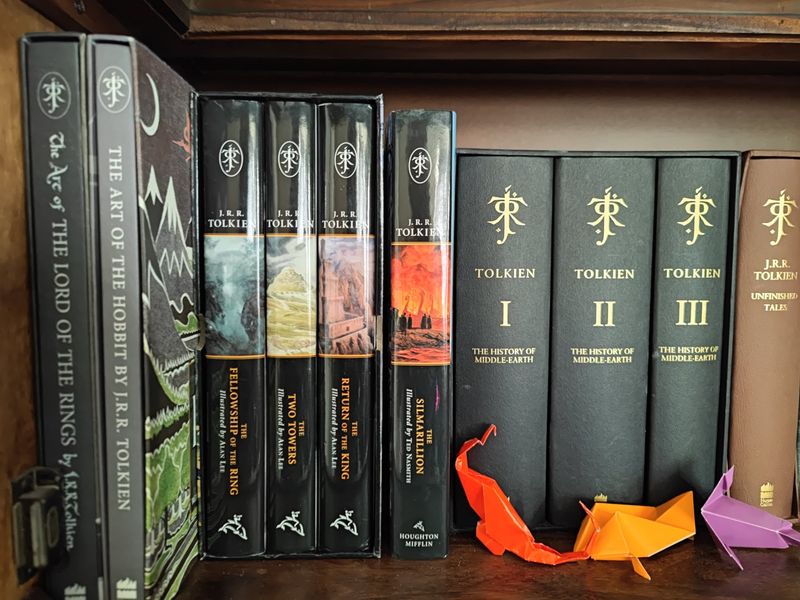
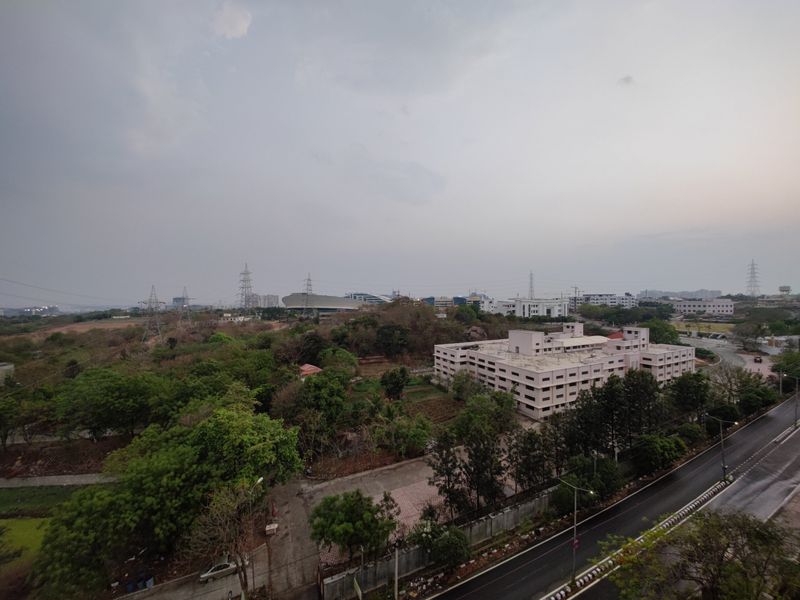
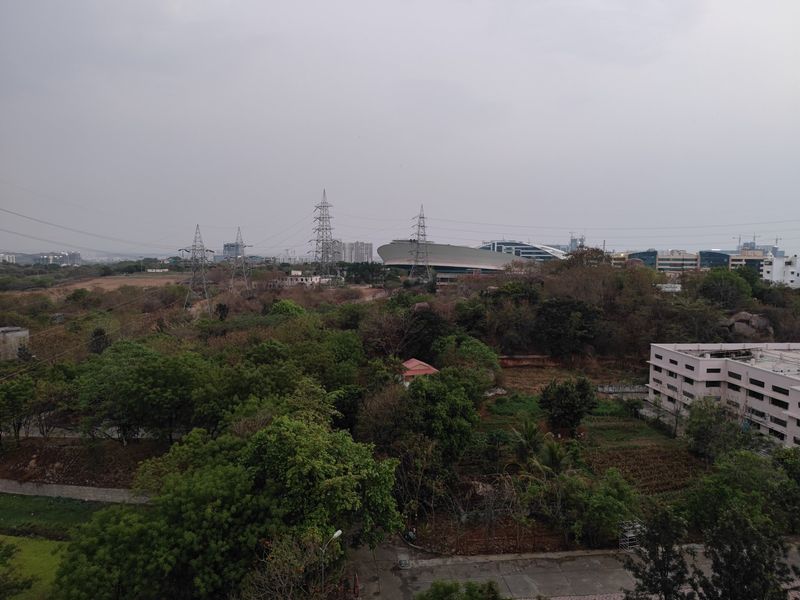
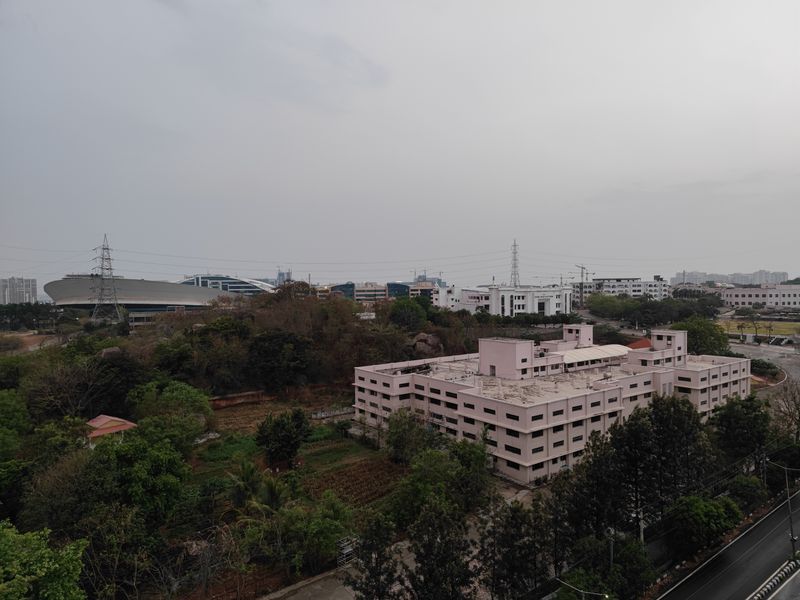
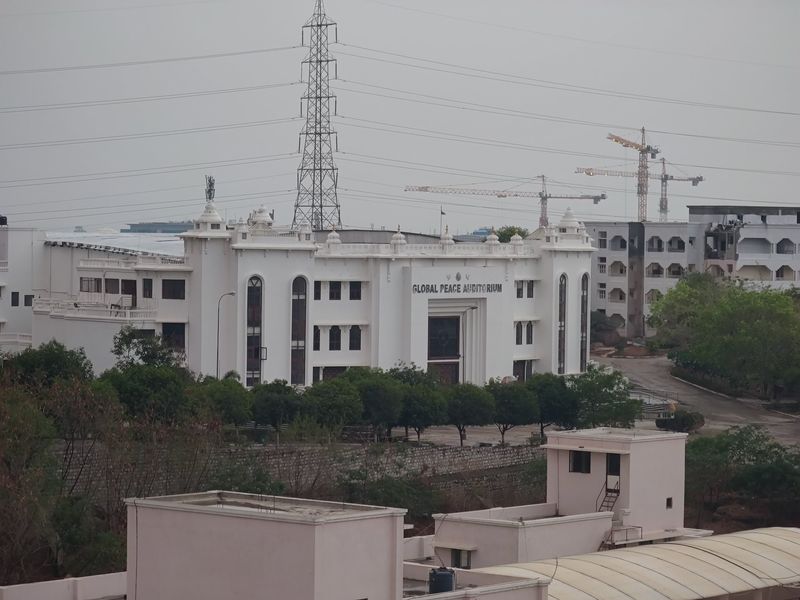
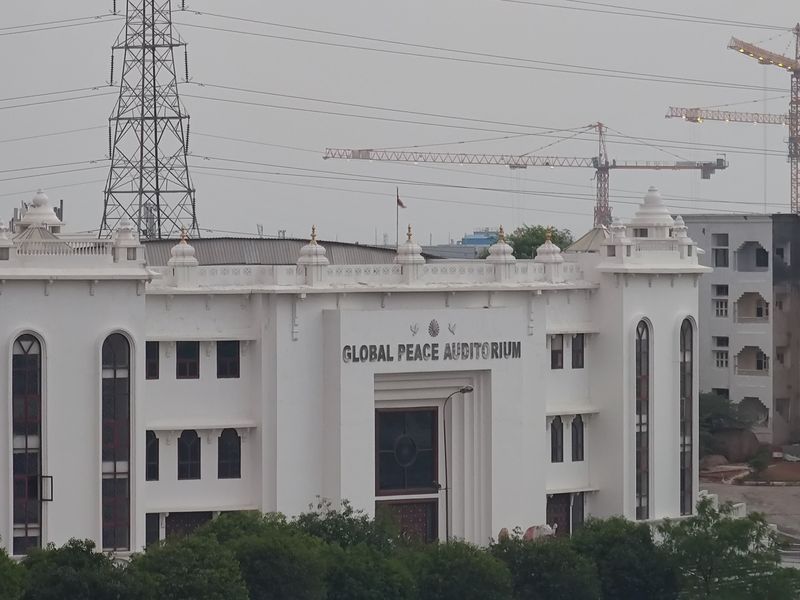

The Mi 11 Ultra takes phenomenal photos in daylight conditions, with excellent dynamic range and contrast levels. Xiaomi doesn't tend to saturate photos too much, and as a result you get images that are true to life. The AI mode increases the saturation levels, but even then it isn't as intense as what you get on Samsung phones.
Shots from the wide-angle lens are just as detailed, and you don't lose out on any of the detail. The phone also does a great job with the 5x zoom camera, and you get usable shots up to a zoom factor of 20x. There's far too much noise once you zoom in beyond that, but it's admirable that Xiaomi delivered a zoom camera that you'd actually want to use.
The phone also does a fantastic job in low-light scenarios, with the night mode kicking in once ambient lighting goes under a certain threshold. The resultant photos tend to be a little soft, and there are a few issues with color balance at times, but for the most part, the Mi 11 Ultra delivers photos that are better than just about any other phone in the market today.
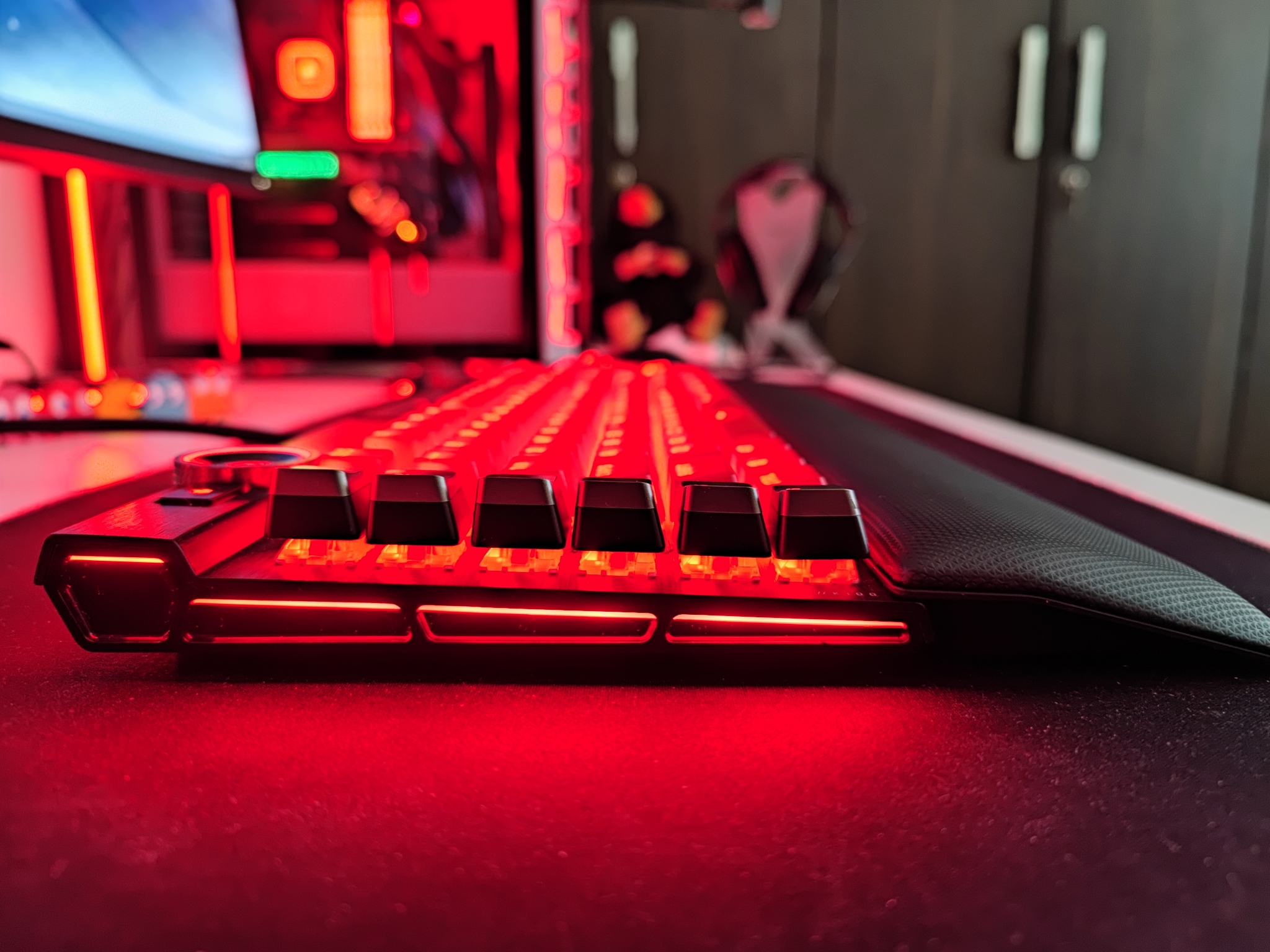
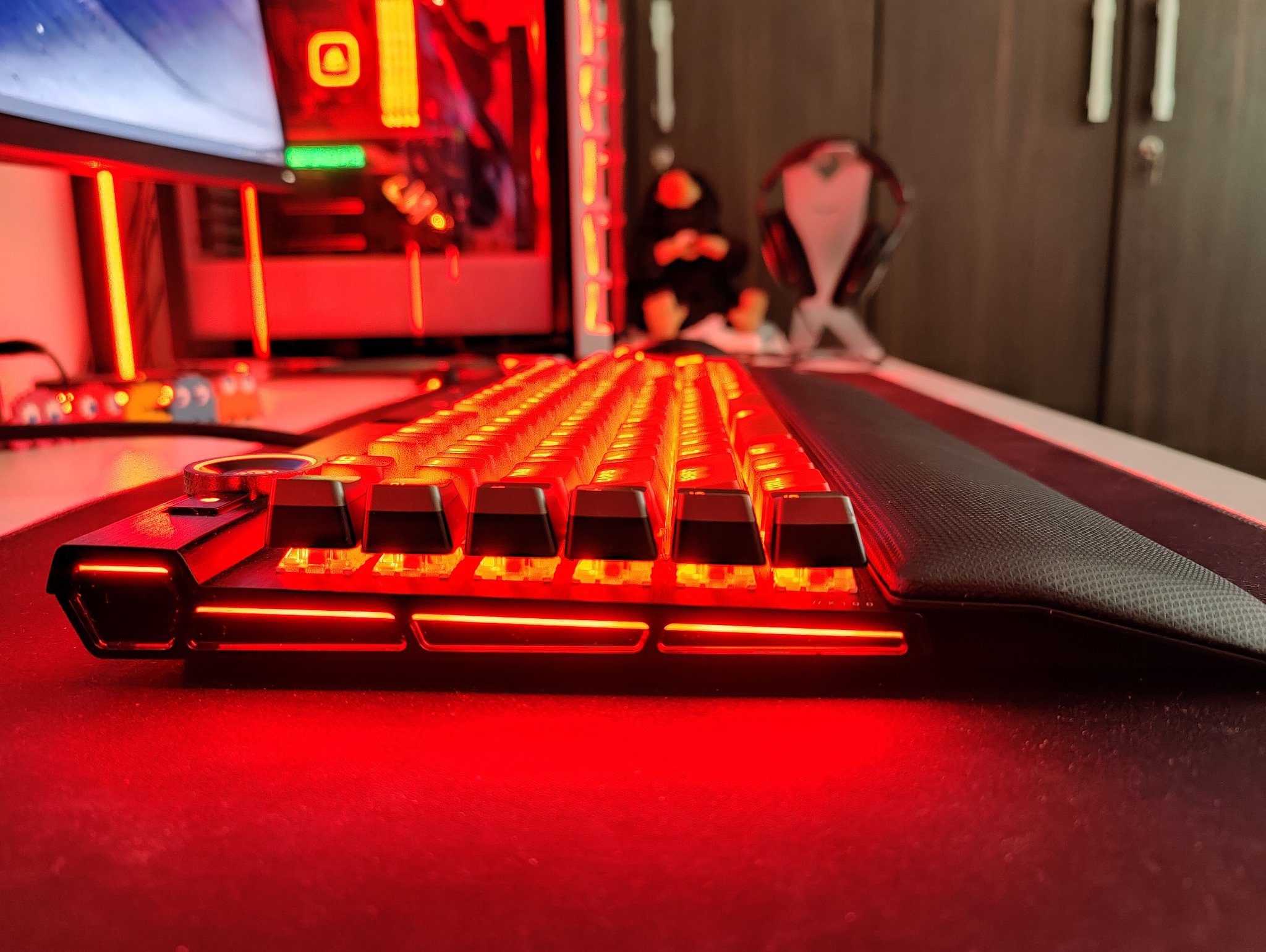
Xiaomi Mi 11 Ultra to the left, OnePlus 9 Pro on the right
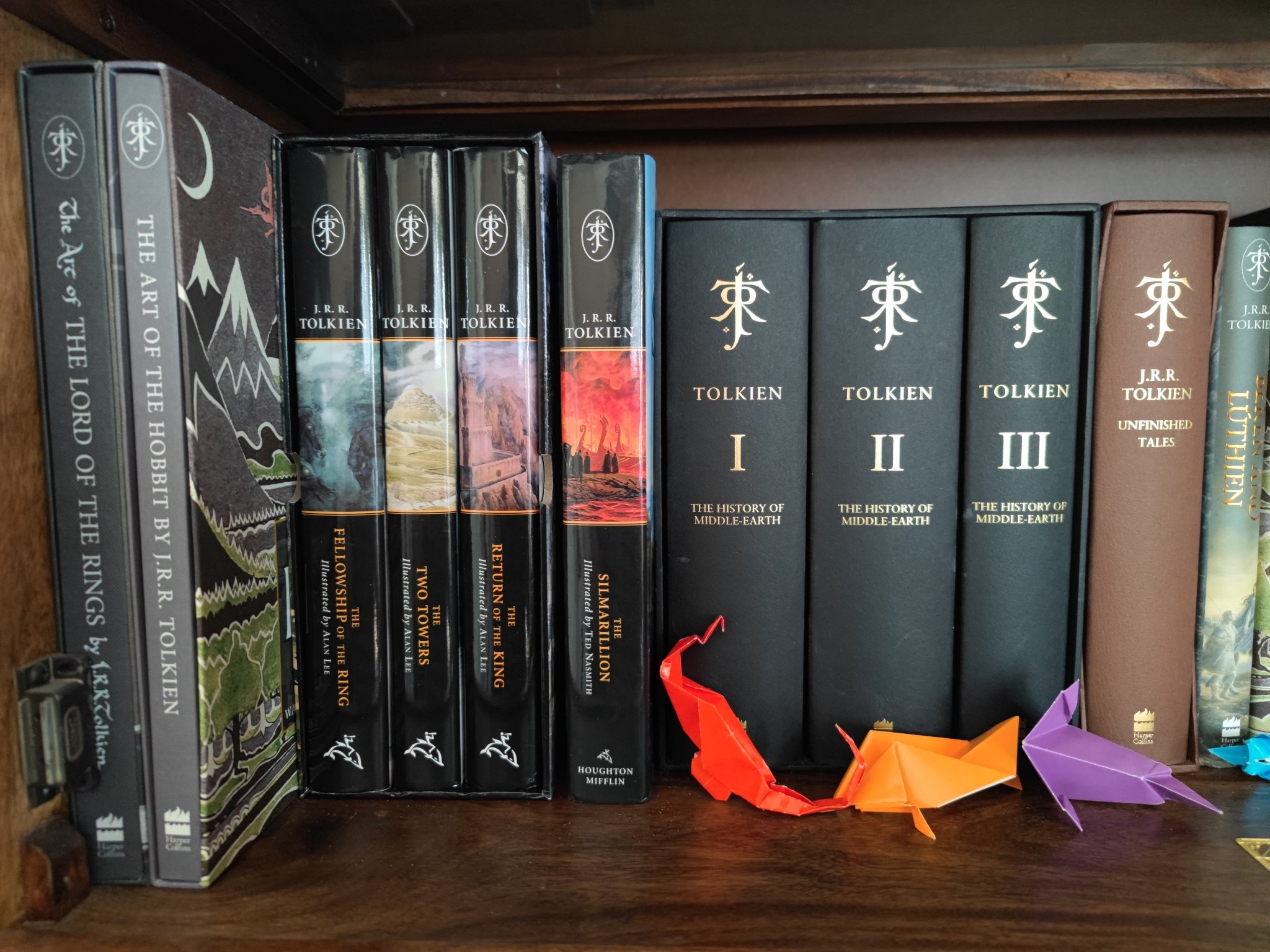
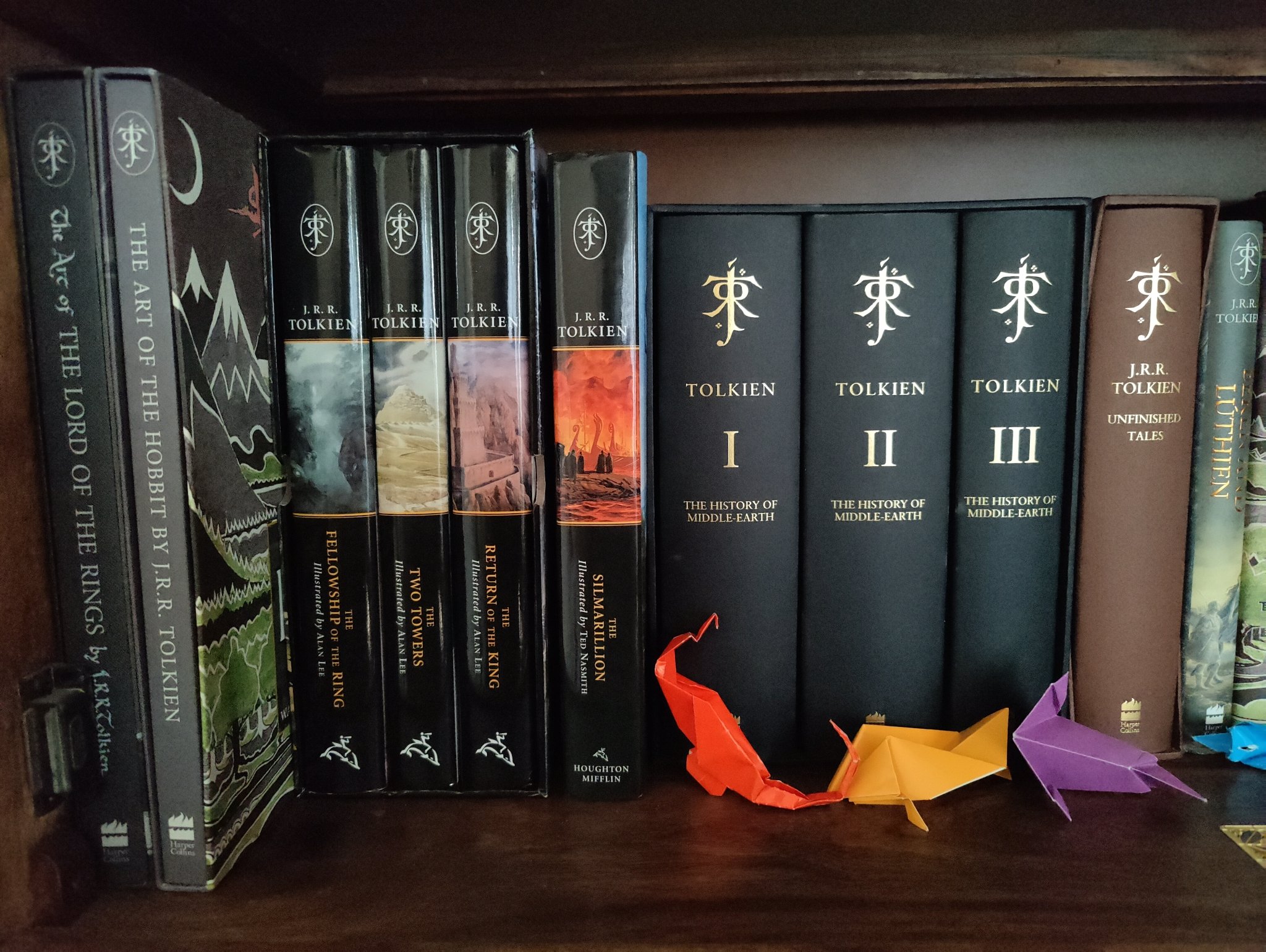
04/05/2021 06:29 AM
The best May the 4th deals we could find
04/05/2021 02:36 PM
Celebrate May the 4th with a Google Easter egg, Star Wars row on Google TV
04/05/2021 04:44 PM
T-Mobile Releases One UI 3.1 For Galaxy S10 Series
04/05/2021 04:22 PM
Joy-Con can be used as a remote shutter for Android phones
04/05/2021 06:01 PM
PWAs are inching a step closer to feeling native on Chromebooks
04/05/2021 04:22 PM
The best gifts for grads under $50
04/05/2021 03:30 PM
Google Keep is the best Google app you've never heard of
04/05/2021 11:30 AM
Sling TV - Channels, packages, and how to sign up
04/05/2021 10:00 PM
- Comics
- HEALTH
- Libraries & Demo
- Sports Games
- Racing
- Cards & Casino
- Media & Video
- Photography
- Transportation
- Arcade & Action
- Brain & Puzzle
- Social
- Communication
- Casual
- Personalization
- Tools
- Medical
- Weather
- Shopping
- Health & Fitness
- Productivity
- Books & Reference
- Finance
- Entertainment
- Business
- Sports
- Music & Audio
- News & Magazines
- Education
- Lifestyle
- Travel & Local
2014 © US apps and news






